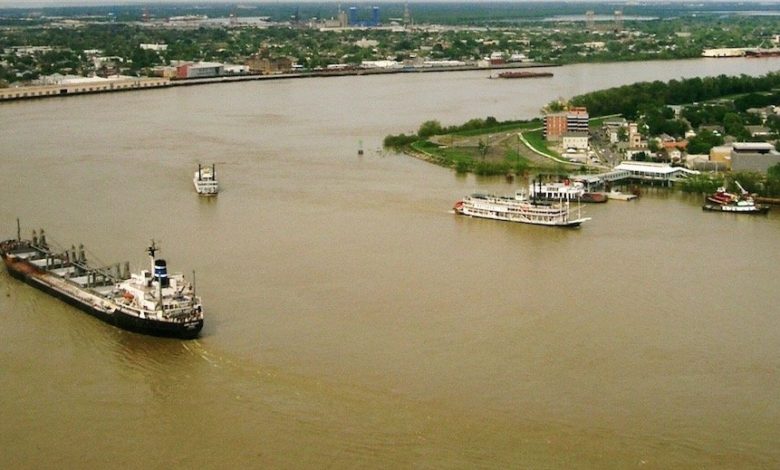Mississippi River water level at near-historic low, threatening US grain and soybean exports

The Mississippi River, which flows through 10 American states on its way from Minnesota in the north to the Gulf of Mexico in the south, is a major maritime highway through the US. That status, however, is currently threatened, as the river’s water level is so low in some places that ships are running aground.
In fact, last week after a barge grounded, the US Coast Guard was forced to close a section of the river in Louisiana to enable the US Army Corps of Engineers to carry out an immediate dredging operation. On October 4, reported Reuters, about 100 tow boats hauling approximately 1,600 barges were waiting to pass through that section of the Mississippi.
As of Thursday, the Coast Guard had reported eight groundings in the river.
Ingram Barge Company, the largest US barge operator, on Thursday provided customers with formal notice of a “force majeure event” due to the low water level and warned that deliveries will be delayed.
According to the National Park Service, about 60% of all grain exported from the US is shipped on the Mississippi River to southern ports. The groundings and resulting logjams, along with restrictions on the number of vessels in tow, are a serious threat to shipments of grains, soybeans and petroleum at a time when all three commodities are in huge demand in many parts of the world.
